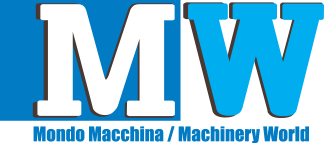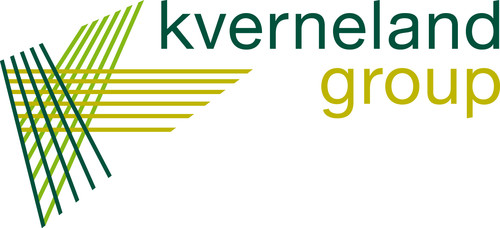
Italian Market: a downward trend in the expectation of funds
In the first nine months of the year, tractor registrations show a decline greater than the European average (-4,5%). The market's performance is affected by rising prices, interest rates, and the slowdown of the purchase incentives system. Mariateresa Maschio, president of the manufacturers' association, hopes for a faster implementation of the National Recovery and Resilience Plan (PNRR) and the quick activation of the Innovation Fund launched by the government
In the first nine months of the year, the Italian market for tractors and trailers is declining, while other types of machinery, although still showing a downward trend, are still in positive territory.
According to data compiled by FederUnacoma (the Italian manufacturers' association) based on the records of the Ministry of Infrastructure and Transport, tractor registrations indicate an 11.3% decrease compared to the same period in 2022, totaling 14,049 units. Trailer registrations show an 8% decrease (6,207 units), while combine harvesters mark a +17.2% (361 units), tractors with loading platform +26.9% (495 units), and telescopic lifts +5.8% (916 units). The Italian tractor market experiences a more substantial decline compared to the European average, which, according to data from the European Committee of Manufacturers (CEMA), records a 4,5% decrease in the first nine months of the year. Even the types of machinery showing positive trends, such as combine harvesters, trailers, and telescopic lifts, report significant drops in the individual month of September, confirming a rapid deterioration in market levels compared to previous months.
The national market trends are influenced by economic uncertainty, rising prices, and interest rates. According to Mariateresa Maschio, president of FederUnacoma, the reduction in public incentives for purchasing agricultural machinery also plays a role. These incentives were a driving force in recent years, primarily due to the simultaneous presence of multiple incentives, such as the Rural Development Program (PSR), Decree 4.0, the INAIL measure for machinery with high safety standards, and the Sabatini Law for instrumental goods. However, these state aids are now slowing down due to delays, primarily related to the implementation of the National Recovery and Resilience Plan (PNRR). "The PNRR procedure is now under the responsibility of the regions," explains the president of the manufacturers' association. "They must issue calls for applications by the end of the year and then proceed with allocations in the first months of 2024. This risks further slowing down sales and concerns agromechanical sector operators”, concludes Mariateresa Maschio. “Therefore, the Federation hopes that the new Innovation Fund, managed centrally with more streamlined procedures”.








